
Announcements

Announcements
International students find studying in the USA appealing because of the country's innovative research facilities, entrepreneurship opportunities, and industry-advanced curriculum. The United States of America is a country that has it all, including the top 16 universities in the world out of the top 50 (QS World University Rankings 2025), plenty of course options, a diversified atmosphere, and a wide range of work prospects.
When you decide to study abroad, the first thing that comes to everyone’s mind is that the country and university should be well-renowned. The whole point is to find the best for your professional and personal growth aspects, and the USA is one of those countries that can promise you.
Moreover, according to an IIE poll, over a million students hope to study in USA each year. The most recent Open Doors Report states that 1,057,188 international students applied at US universities in the 2025-26 academic year, which indicates an increase of 12% over the previous year. Furthermore, the US Citizenship and Immigration Services (USCIS) reports that in 2025, more than 4,65,700 Indian students travelled to the USA to pursue higher education. These are only a few of the reasons why the USA is becoming a hub for abroad studies.
Looking For Opportunities To Study In USA For Indian Students? Check out the important features listed below that can ease your decision-making.
| Universities in the USA | 3,000+ |
| Average Cost of Living in the USA | INR 10.5 Lakhs (per annum) |
| Popular Courses to Choose From in USA | MS, MBA, B. Tech, MIM, Engineering, Healthcare Management & several more. |
| Part-time Work Approval | A DSO-approved student can work for 20 hours/week On Campus |
| Work permit in the USA (Post-Degree Completion) | 12 months - 36 Months (Depending on Your Eligibility) |
| Est. Cost of USA Study Visa | US $185 |
Understanding the cost of studying in the USA is crucial before applying for universities there. Such costs can include tuition fees as well as cost of living. Comprehending the approximate cost of living aids applicants in budgeting for costs when living abroad. Living costs include tuition, travel, lodging, food, and other expenses. You may view a brief of the cost of studying in the USA below.
The level of the program and the university of choice are two internal and external factors that affect how much the various programs offered across the country cost. Below, you can check the fees to Study in USA for Indian students.
| Type of Institution | Average Tuition Fee (USD)/year | cost of studying in USA for Indian students (INR)/year |
|---|---|---|
| Public 2-year College | 15000 | 12.37 lakhs |
| Public 4-year College | 25000 | 20.62 lakhs |
| Private 4-year College | 35000 | 28.87 lakhs |
| Private Non-profit Instiution | 30000 | 24.75 lakhs |
Find the right path with Meridean
Before you pick your university to study in USA, you need to consider many factors, like your area of interest, your past academic experience, the cost of studying in USA for indian students, and much more. You must know your best options so that you can review them closely before sending the applications.
All the best universities in USA provide all three intakes and welcome international students with open hearts. Especially, the student support system for international students is very strong, so a student never feels like an outsider.
The aspiration to study at top universities has always been strong among students. However, selecting the best universities in the UK from the many options available can be challenging. Therefore, here are the top 10 universities in the UK that Indian students should consider.
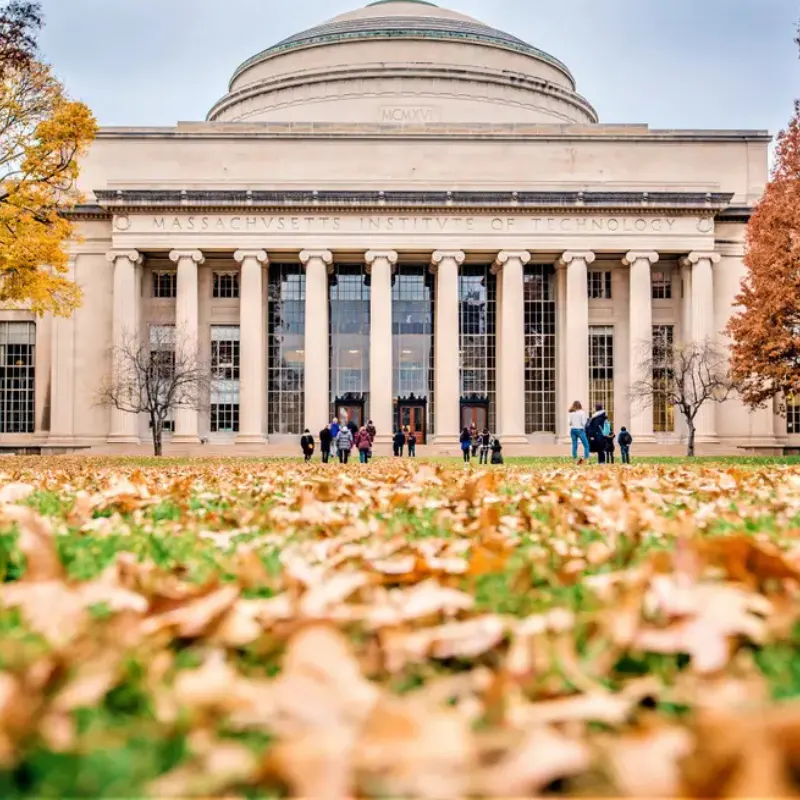
#1
QS World Ranking
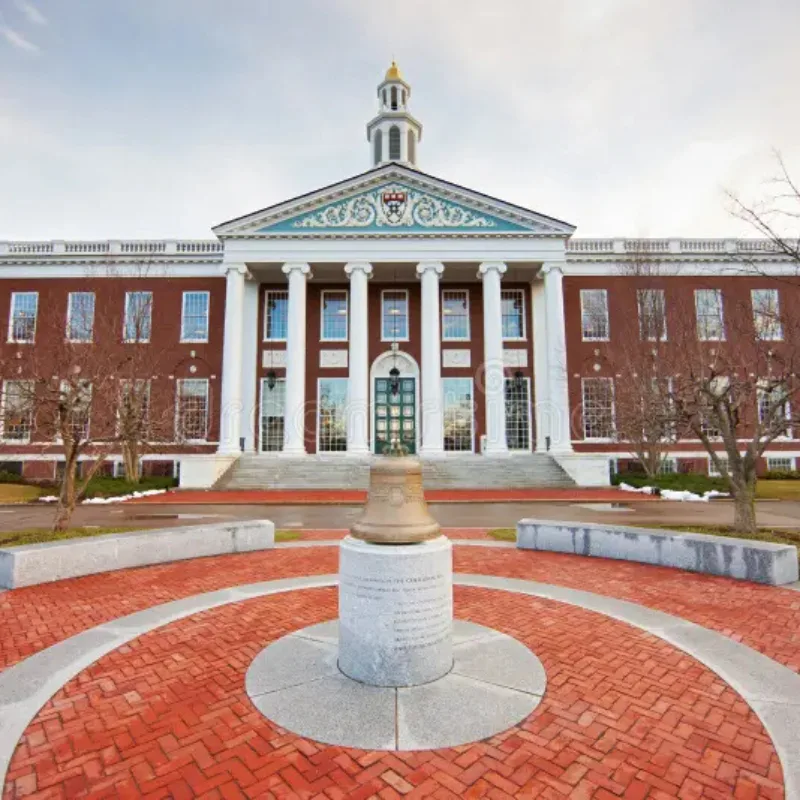
#4
QS World Ranking
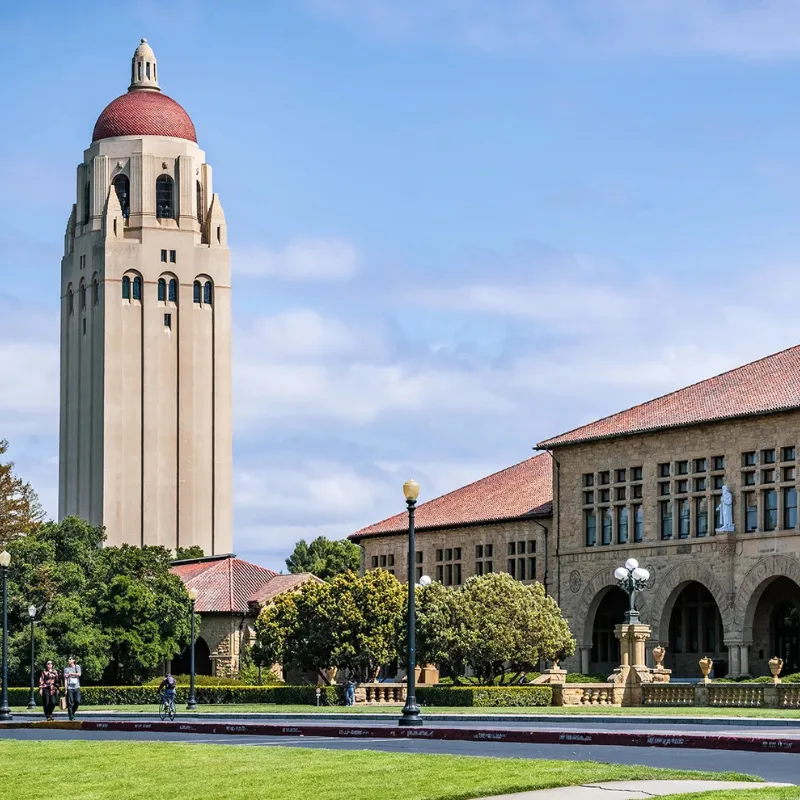
#6
QS World Ranking

#10
QS World Ranking
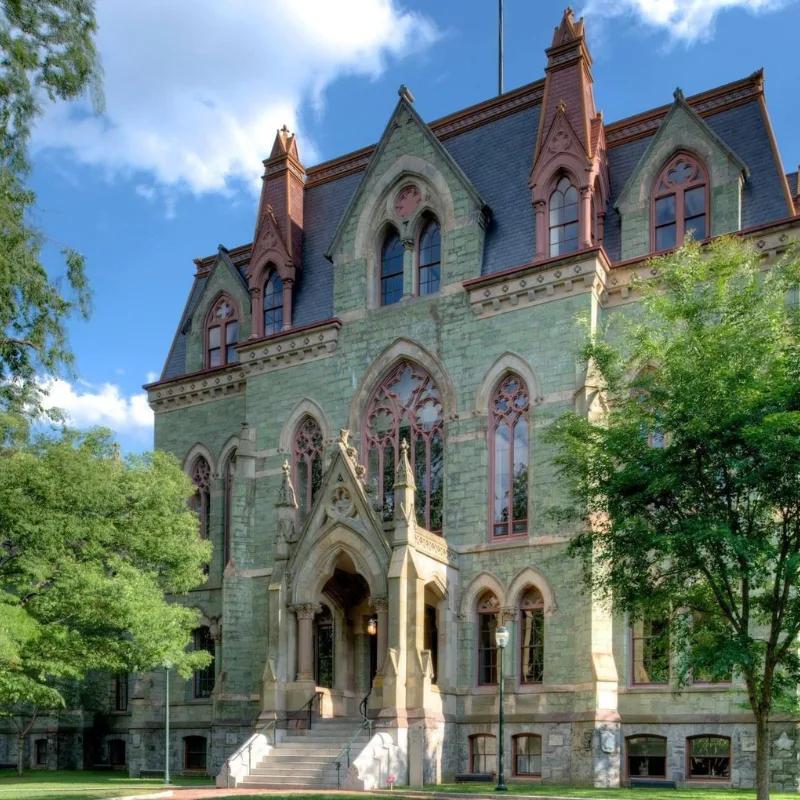
#11
QS World Ranking
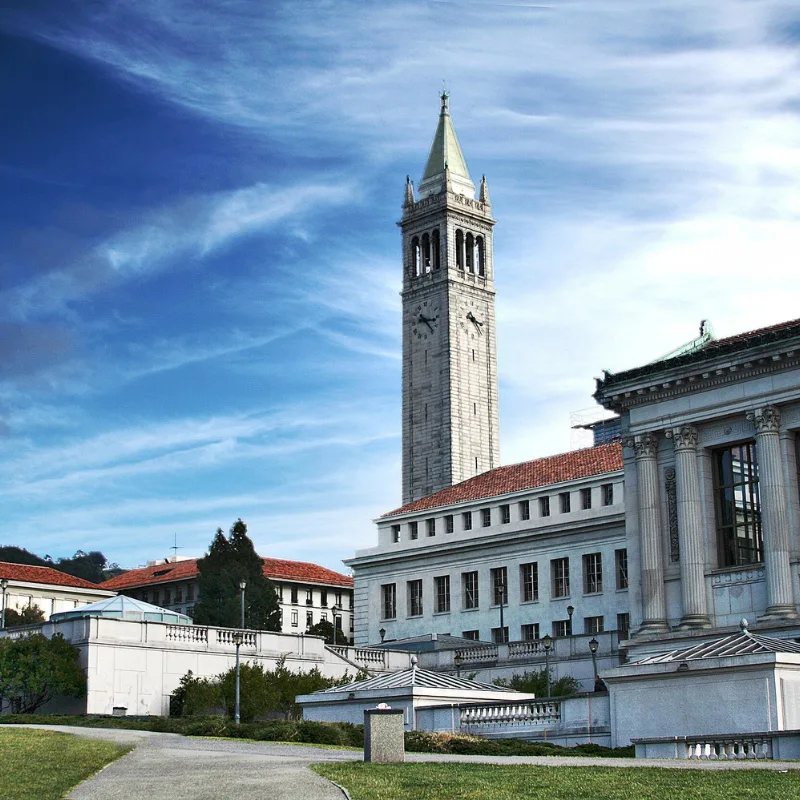
#12
QS World Ranking
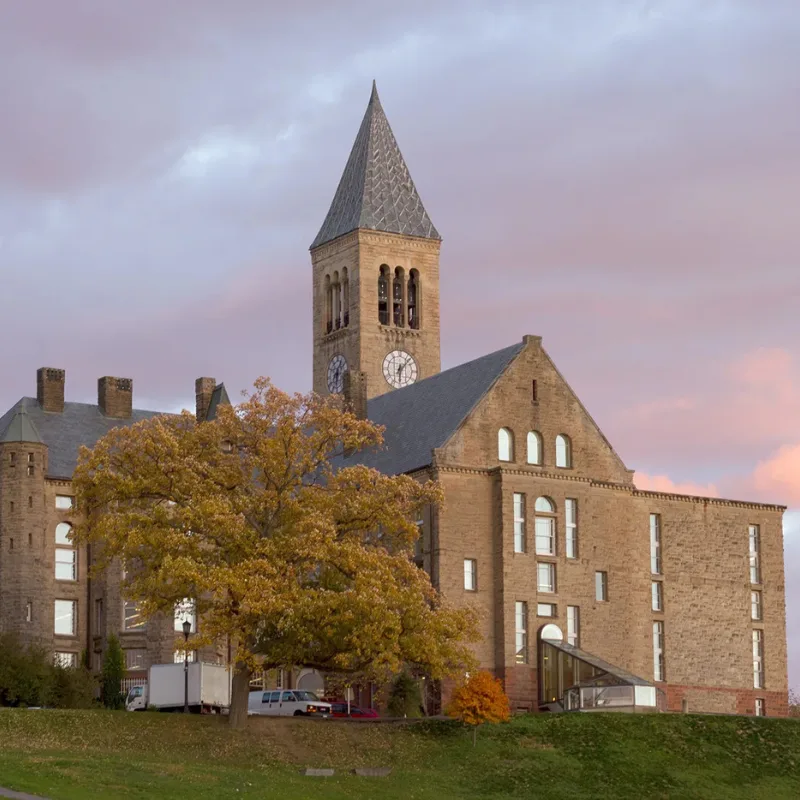
#16
QS World Ranking
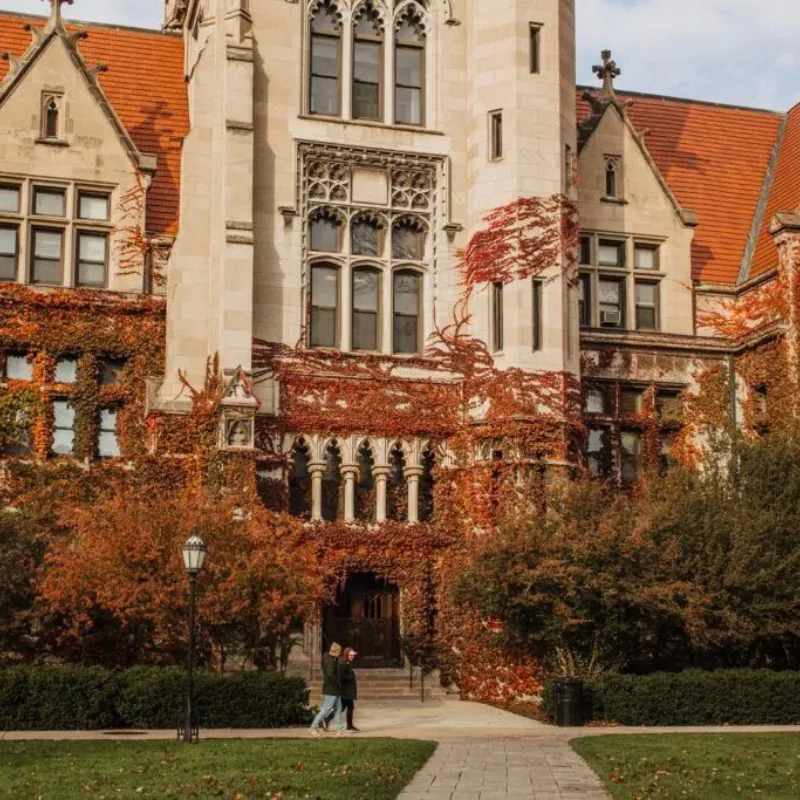
#21
QS World Ranking
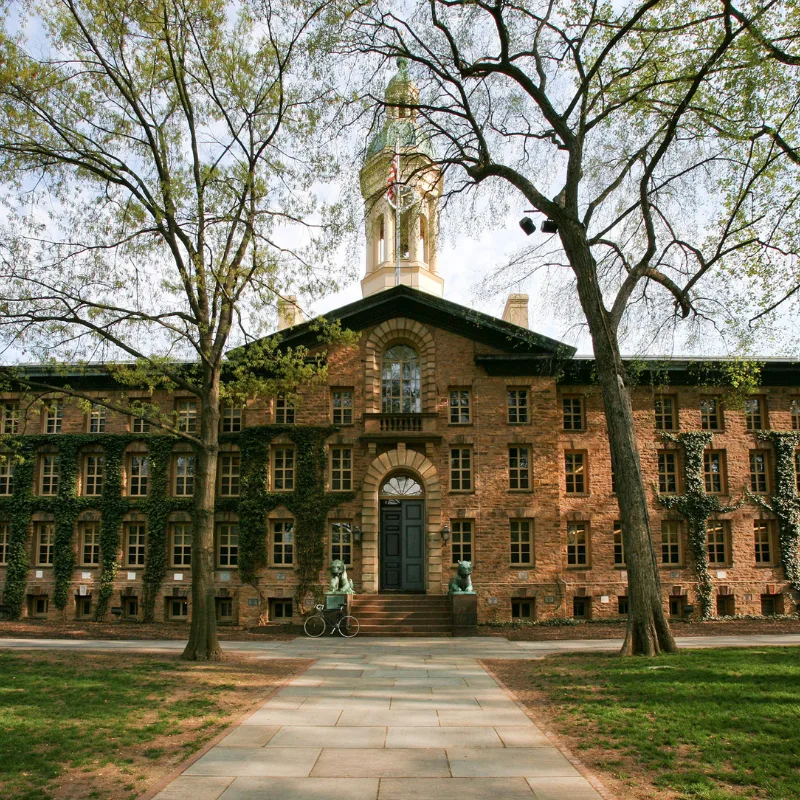
#22
QS World Ranking
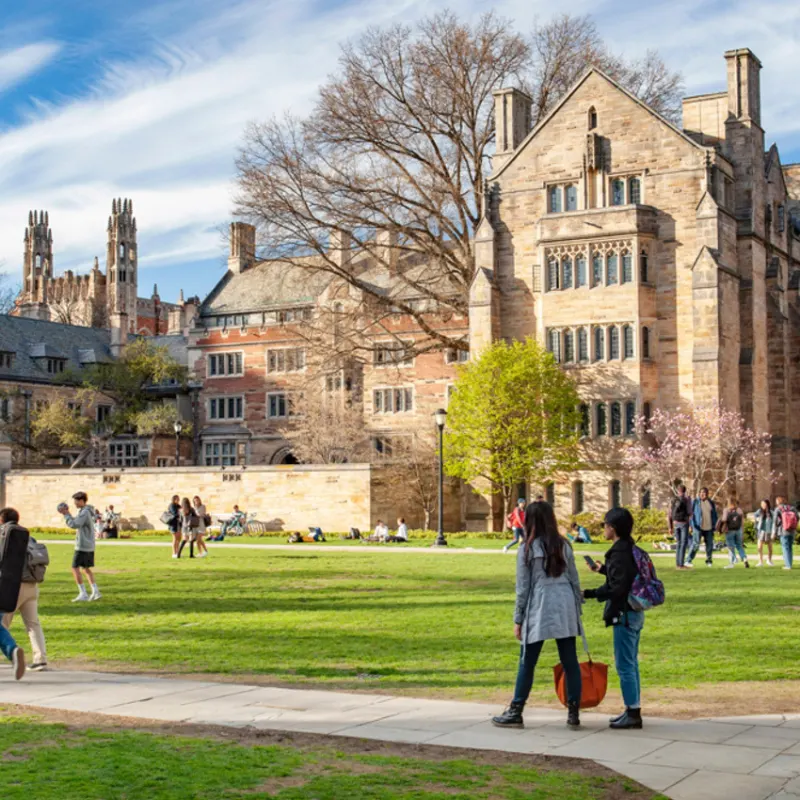
#23
QS World Ranking
As you are applying for universities in the USA, do you know the eligibility criteria you must fulfill to get admission? Below, check out the basic requirements to get admission to prestigious universities in the USA.
| Where To Apply To Study In USA | Official Website of Universities |
|---|---|
| Est. Tuition Feese |
For Graduate programs - Anywhere from USD 15,000 to USD 55,000 or 12.57 lakhs INR to 46.11 lakhs INR (can vary as per exchange rates)
For the Master's program - Anywhere between USD 15,000 to USD 50,000 or 12.57 to 45 lakhs INR (can vary as per exchange rates)
|
| Basic Eligibility Requirements |
Academic Transcripts or Educational Certificates
Clearing Standardized Tests for Studying in the USA
Copy of your valid passport,
Proof of finances, Loan Documents & Other
|
| Additional Requirements To Be Fulfilled |
Valid Student Visa
Statement of Purpose
Letter of Recommendation or the Reference Letter
|
| Standardized Test Requirements |
IELTS
TOEFL
GRE
GMAT
SAT
PTE
|
Connect With Meridean & Get Your Abroad Education Dream Fulfilled
If you are looking for courses or programs to Study in USA for Indian Students then you should be aware of the intakes available. Not every university or their course offerings are open for all intakes. So you must be aware of such facts and should plan accordingly.
You need to apply before the USA January intake 2025 deadline, especially for short-term courses. However, the courses are fewer than the Fall intake, but all of them are highly valued. So, you need to check whether the course you want to enrol in is available in the Spring intake or not.
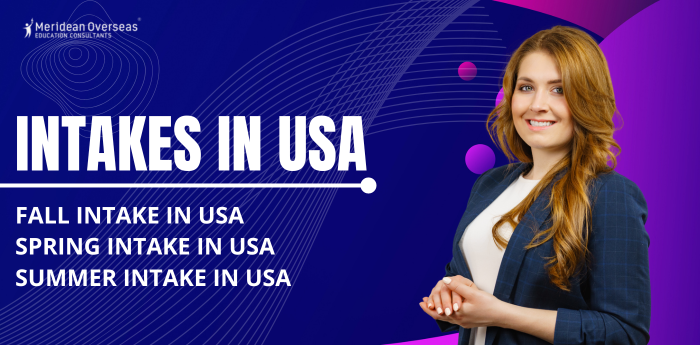
Students need to check all requirements and fulfil them before time so that they do not miss out on this opportunity.
Although the USA provides a wide range of programs in nearly every sector, there are still selected courses that consistently rank at the top of the application lists of almost all overseas applicants. Recent research states that over 50% of students in the USA opt to take STEM courses.
According to the data from US universities, more than 20% of students chose to study Maths and Computer Science in 2025–2026, making it the most popular choice for overseas students. More than 19% of students select engineering, indicating its popularity.
The social sciences (8%), business and management (15%), physical and biological sciences (8%), and fine and applied arts (5%) were other popular areas of study. If you are looking for the best course or program to Study in USA for Indian Students, then you must consider the below course list.
MS in Data Science
MS in Computer Science
MS in Civil Engineering
MS in Engineering Management
B.Tech
Masters in Mechanical Engineering
B.Sc Computer Science
Masters in Finance
Masters in Management
BBA
Masters in Cybersecurity
Masters in Supply Chain Management
Masters in Information Systems
Masters in Digital Marketing
Masters in Business Analytics
MS in Data Analytics
MS in Artificial Intelligence
M.Arch
Masters in Economics
Masters in Project Management
Masters in International Business
Candidates must submit test results demonstrating their English language competency to be admitted to study in USA. US universities often accept PTE, TOEFL, and IELTS results. However, the minimal score required by the university or course you have chosen may vary. The details of the three primary English proficiency exams are shown below.
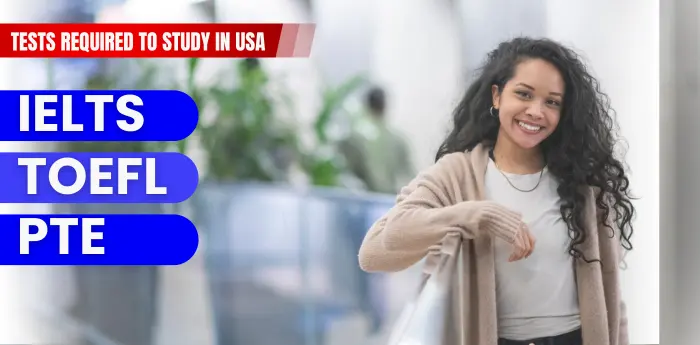
Getting a Student Visa is equally important as securing a seat for your preferred course in the top universities. To offer a seamless education experience to international students, the US Government has offered varied visa types. These are:
You can explore more about the Student Visa requirements & get your doubts cleared by interacting with our overseas education consultants.
When it comes to providing academically talented and worthy applicants with financial help, with so many alternatives available, the USA offers a suitable fit for any background and budget. The two main types of Scholarships for Indian Students are available to overseas students are need-based and merit-based, and they are explained as follows:
The scholarships for Indian students to study in USA are listed below.
| Name of Scholarships | Benefits/Requirements | Amount |
|---|---|---|
| Federal Student Aid | Offers scholarships, loans, and work while studying jobs | Depend upon the federal funds available |
| AAUW International Fellowship Program | Given to women pursuing graduate and post-graduate studies in USA on demonstration of academic excellence | 20,000 USD – 50,000 USD |
| Fulbright Student Program | Operated in more than 155 countries worldwide, requirements differ across countries | Tuition fees, airfare, health insurance, and other expenses as per federal funds |
| Joint Japan World Bank Graduate Scholarship Program | Students pursuing a master’s degree in a topic related to ‘Development’; Citizenship of World Bank Member Developing Country | Full tuition fee, airfare, a monthly living stipend, and health insurance |
| Aga Khan Foundation International Scholarship Program | Awarded on a 50% grant and 50% loan basis to students pursuing masters in the USA; Applicants should be a national of a developing country | Assists in covering the living costs and tuition fee |

I applied visa for Australia through this website . Mr. Prashant &Mr. Prakash made the job hastle free for me. They were friendly, helpful & available all the time .My work is done in a smooth way & I highly recommend them. Moreover, you can book the free counselling session with them that give you the proper guidance to study abroad. I have no complaints and I am very grateful for the support 🙏

Meridean Overseas is best in Ahmedabad. Prashant Sir is very supportive and gives his best efforts for every applicant’s visa process. They have very good coordination with universities in USA. I got USA Dependant Visa today, so very happy for this and very thankful to Prashant Sir from Meridean Overseas, his work is best. I am extremely happy with the Meridean Overseas Education, Ahmedabad.

I would like to thank you very much for your time and support during my visa adjustment process and for helping me to obtain the desired outcome. I am also very thankful for your help in preparing me for the university interview which made the approval of my visa adjustment very successful. Best institute in India if you want to study abroad. I am personally thankful for SOMYAA KHANGAROT ma’am. She is very supportive and also motivates the students. Again thank you so much MERIDIAN Overseas and their team. ❤️💕

Vineeta, the stellar counselor at Meridean Overseas, made my study visa journey for New Zealand overseas education hassle-free. Actually i didn't put my file in merdian, but I put in another consultancy, they are not gave such support. Also, I am wroking person. One day I see Video in Instagram and contact to Meridian Overseas. about my visas queries and my visa slots. So they always help me in without any fees. On that day my consultancy didn't call me for the slot opening. But Merdian team call me for the slots and because of that I booked my slots.
So I Appreciate their work and Also, I recommend to my family member and friends.

First of all i would say full team of Meridean Overseas is very hard working generous and supporting people and my consultant Mr. Shubhang is very honest and very supportive person and while in the meeting. He told me each and everything clearly and nicely. I was really very impressed and got so many information during the meeting. And you all won't believe the meeting was absolutely free . You can also go and meet the team They are very friendly and clean as glass. If you are willing to go to abroad please consider them and give them a chance to consult you.

I had a wonderful experience with Meridean Overseas. My counselor's name is Miss Tanya Soni. She was incredibly helpful in every aspect, her guidance helped me a lot in understanding my process and solving my problems with the best possible solutions. I am very interested in studying in Poland, and Tanya ma'am helped me significantly, because of her guidance, my dream has come true. I'm very grateful for choosing a counselor from Meridean Overseas.

So far, my experience with Meridean Overseas has been truly remarkable. The experts at Meridean Overseas possess impressive knowledge and demonstrate a strong commitment to providing friendly service to their clients. My process consultant Miss Rashi, stands out with her profound understanding and consistent helpfulness. She is adaptive and ensures the completion of tasks in a timely manner. The team responds promptly to queries, and I am genuinely satisfied with the assistance received thus far. I have high expectations that the remainder of my visa application process will be handled with the same level of professionalism and efficiency.
Thank you, Meridean Team.

My experience with MOEC has been great. I would recommend MOEC for students who wants to pursue their further studies in abroad as their staff is extremely helpful and suggests the best. My counsellor has been really supportive throughout the entire process, from course selection to till visa approval. She always clarified my doubts and helped me in every single way possible and I highly appreciate it.
Ans. International students typically need to meet academic requirements, including a high school diploma or equivalent, and demonstrate proficiency in English through standardised Tests like the TOEFL or IELTS. Additionally, some universities may require SAT or ACT scores for undergraduate admission and GRE or GMAT scores for graduate programs.
Ans. Yes, many universities, organisations, and government agencies offer scholarships, grants, and financial aid packages specifically for international students. These scholarships help cover tuition fees, living expenses, and other costs associated with studying in the USA.
Ans. To obtain a F-1 or J-1 student visa for studying in the USA, international students must first be accepted by a SEVP-approved institution. They then need to complete the DS-160 form, pay the SEVIS fee, schedule a visa interview at the nearest US embassy or consulate, and provide required documents such as the I-20 form and proof of financial support.
Ans. Popular fields of study in USA for international students include business administration, engineering, computer science, biological sciences, and social sciences. However, there is a wide range of programs available to suit various interests and career goals.
Ans. International students can explore various accommodation options such as on-campus dormitories, off-campus apartments, shared housing, and homestays. It is essential to research different options, compare prices, and consider factors like location, amenities, and transportation access.
Ans. Yes, international students in the USA can typically work part-time on campus during their studie. They may be eligible for off-campus job opportunity under certain circumstances, such as through Curricular Practical Training (CPT) or Optional Practical Training (OPT) programs. However, some restrictions and regulations must be followed.
Ans. USA universities offer support services for international students, including academic advising, counselling, English language assistance, cultural integration programs, health services, and career guidance. These resources aim to help international students succeed academically, emotionally, and socially during their time in the USA.
Ans. The cost of studying in USA for overseas students varies depending on factors such as the institution, program of study, location, and living expenses. In addition to course tuition fees, international students should budget for housing, food, transportation, health insurance, and other miscellaneous costs.
Ans. International students in the USA are typically limited to part-time employment during the academic year, with opportunities for full-time employment during scheduled breaks, such as summer vacations. However, there are exceptions and specific regulations that govern work eligibility for international students.
Ans. After completing their studies, international students in the USA may be eligible for a period of post-graduation employment known as Optional Practical Training (OPT). They may also pursue further studies, apply for a change of status, or return to their home country. It's essential to understand visa regulations and immigration policies to make informed decisions about post-graduation options.
Contact MOEC Experts for Study Abroad Guidance!
